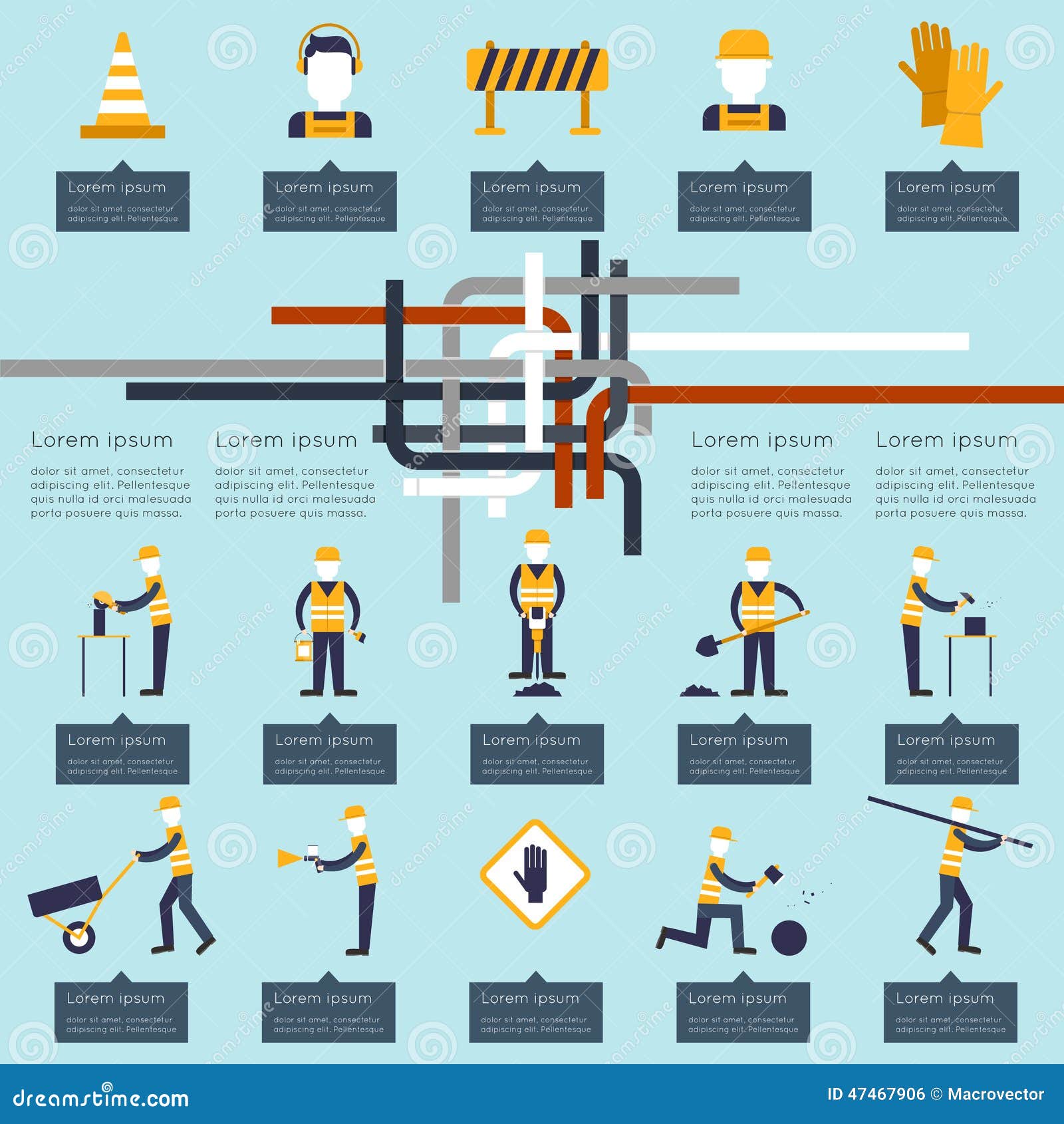Comprehending Seasonal Influences On Commercial Exterior Paint: Vital Knowledge For Success
Comprehending Seasonal Influences On Commercial Exterior Paint: Vital Knowledge For Success
Blog Article
Material Writer-Korsholm Whalen
When you're planning a business outside paint task, seasonal factors can make or break your outcomes. You'll intend to think about how temperature level and moisture impact paint application and drying times. Selecting the appropriate season can guarantee your paint sticks appropriately and lasts longer. However which periods are absolutely the most effective for this type of work? Let's discover the crucial elements that can impact your project's success.
The Effect of Temperature Level on Paint Application
When you're preparing a commercial external paint task, the temperature level can dramatically influence exactly how well the paint adheres and dries out.
Ideally, you want to paint when temperature levels vary between 50 ° F and 85 ° F. If it's too cool, the paint may not cure appropriately, causing concerns like peeling or splitting.
On minneapolis painting contractor , if it's too hot, the paint can dry out also rapidly, preventing correct attachment and resulting in an uneven finish.
You need to additionally take into consideration the time of day; morning or late afternoon supplies cooler temperatures, which can be extra beneficial.
Always inspect the manufacturer's recommendations for the particular paint you're utilizing, as they usually give assistance on the excellent temperature level array for optimal results.
Moisture and Its Effect on Drying Times
Temperature isn't the only ecological variable that affects your commercial outside painting job; moisture plays a significant duty too. High humidity levels can decrease drying times dramatically, influencing the overall top quality of your paint work.
When the air is filled with wetness, the paint takes longer to heal, which can result in issues like poor adhesion and a higher threat of mold growth. If you're repainting on a particularly moist day, be planned for extended delay times in between coats.
It's critical to check neighborhood weather and strategy as necessary. Ideally, aim for humidity levels between 40% and 70% for ideal drying out.
Maintaining these factors in mind guarantees your task stays on track and provides an enduring coating.
Best Seasons for Commercial Exterior Paint Projects
What's the best time of year for your commercial exterior painting projects?
Spring and early fall are typically your best options. During these periods, temperature levels are mild, and moisture degrees are frequently reduced, developing perfect conditions for paint application and drying.
Avoid summer season's intense heat, which can create paint to dry as well rapidly, causing bad bond and finish. Likewise, winter months's chilly temperatures can impede appropriate drying and curing, running the risk of the long life of your paint job.
Go for days with temperatures in between 50 ° F and 85 ° F for ideal outcomes. https://zanderwchmq.vidublog.com/33435830/secret-strategies-for-a-successful-collaboration-with-residence-painters in mind to examine the regional weather report for rain, as damp problems can destroy your task.
Preparation around these variables ensures your painting task runs smoothly and lasts much longer.
Conclusion
Finally, intending your business external paint projects around seasonal considerations can make a substantial difference in the result. By organizing work throughout the ideal temperatures and humidity degrees, you'll make certain better attachment and drying times. Bear in mind to keep an eye on local weather prediction and select the correct time of year-- spring and early autumn are your best choices. Taking these actions will certainly aid you achieve a durable and professional coating that lasts.
